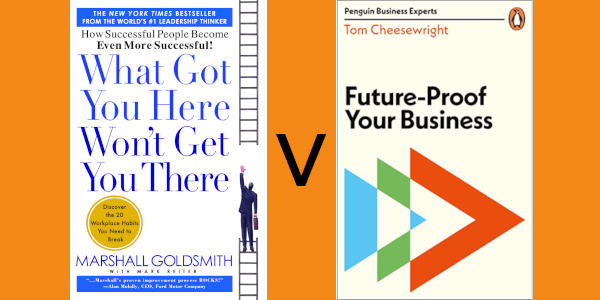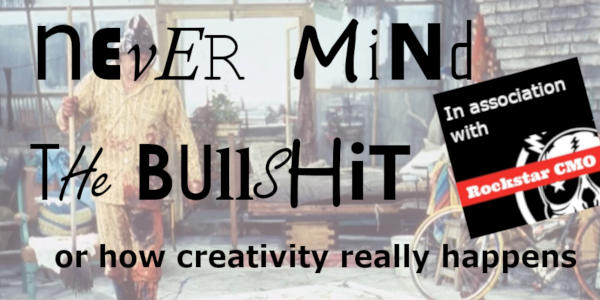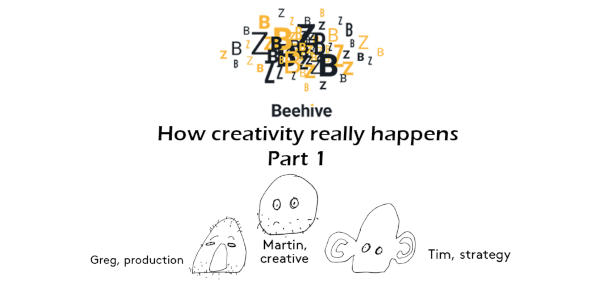Alex Kirkpatrick joins Keith Smith for an unchained, off-its hinges literary review of Marshall Goldsmith’s What got you here, won’t get you there and Tom Cheesewright’s Future-proof your business.
Part One, take 2. The advertising supergroup Beehive sit down with Keith Smith and Ian Truscott of RockstarCMO to talk about what it takes to be creative.
Investor, business mentor, content marketing expert and media entrepreneur Sean talks about Esports, the new business industry and investment opportunities.
A Fuel exclusive mini-series, exploring the creative process. accident. Luck, timing, skill? Three of some of the UK’s most experienced advertising creative and strategic thinkers discuss how creativity really happens.
Levelling the new business playing field
In a recent interview with coveted marketing site RockstarCMO (www.rockstarcmo.com), Managing Director of The Advertist, Keith Smith explains why The Advertist was launched & how it disrupted the industry and helped to level the playing field for SME agencies and new business teams across the UK.
Listen to the show here
The wide-ranging interview covered a multitude of new business issues, including advice on how to keep up the sales momentum during a lockdown, best practice tips, how cold data can ruin a sales drive and throwing Alec Baldwin in the swimming pool.
How to start winning new business, “what slow down?”, looking for the positives in adverse situations.
Fresh territory for prospecting, video content in cars, value exchange, extreme pivoting, waking sleeping giants and virtual pitching.
Balancing work and childcare in quarantine, how it takes a village to raise babies and Jeremy Davies explains why you never meet new business people at dinner parties
Cycling conference calls, markers on walls, “can you tell what it is yet?” these are a few of Alex’s favourite things


